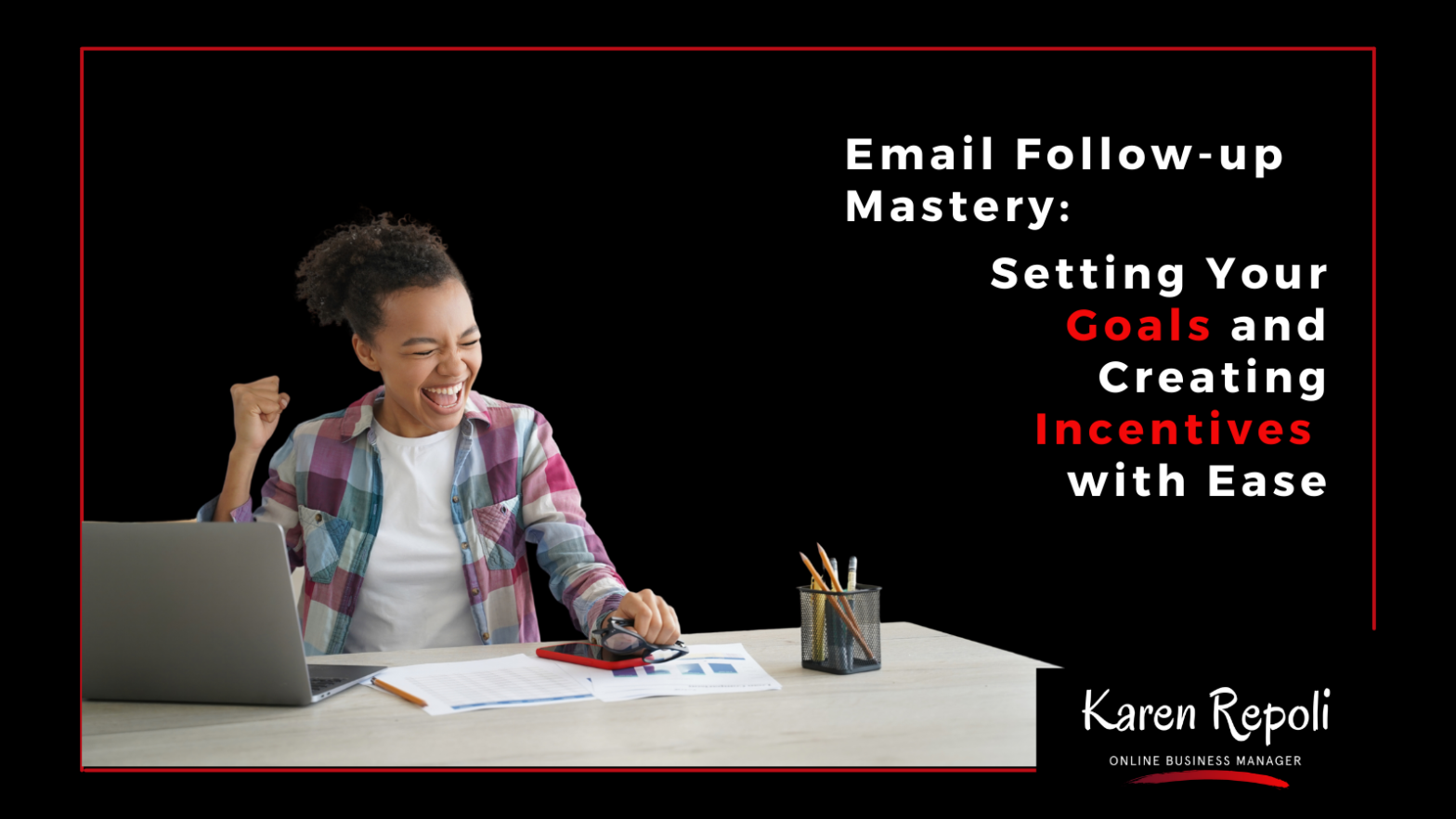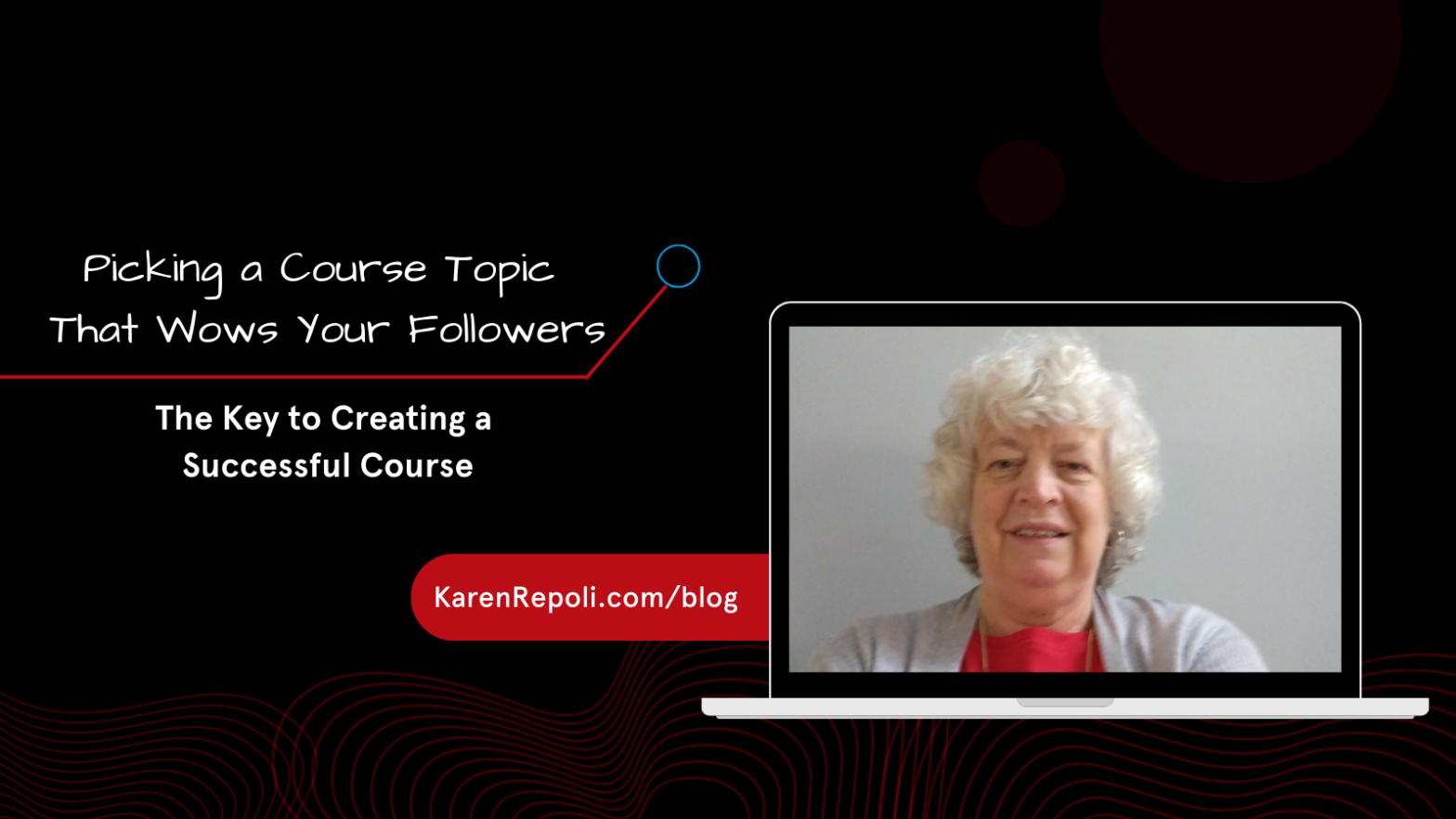Have you ever struggled with following up on leads through email? You’re not alone. Many people find it challenging to craft the perfect follow-up email that achieves their goals. But fear not, because I’m here to share some insights on how you can master the art of email follow-ups. In this blog post, I’ll discuss how to set goals for your eamil follow-ups, different sequences you can use, and the power of opt-in incentives. By the end of this post, you’ll be equipped with the knowledge to achieve your goals and incentives with ease. So let’s dive in!
Define Your Goals for Your Email Follow-up.
The first step in mastering email follow-ups is to clearly define your goal. Do you want to nurture a relationship with a potential client? Or perhaps you aim to convert a lead into a paying customer? By understanding your follow-up goal, you can tailor your email content and strategy to achieve that objective. Whether it’s driving sales, providing valuable information, or seeking feedback, knowing your goal is crucial for a successful follow-up campaign.
Keep in mind, you very likely have many follow-up sequences in your business. While you have a larger, overarching funnel with a clear goal (perhaps a VIP day or exclusive retreat), each follow-up series will have its own smaller goal as well, with each one designed to move subscribers deeper into your funnel.
For example, a nurturing sequence focuses on building a relationship with your audience over time through valuable content and personalized interactions. You may offer a free webinar training to show attendees the power of blogging for business. After the webinar, you’ll reach out with a series of five or seven emails which:
- Restate the importance of blogging
- Provide proof of concept through case studies
- Offer tips and strategies not covered during the webinar
- Give links to supporting documents and additional resources
You’ll offer your paid blogging program, which subscribers can purchase at a discount if they do so within a set period of time.
On the other hand, a sales sequence is designed to convert leads into customers by highlighting product benefits and offering promotions. Depending on your specific goal, you can choose the most appropriate email sequence to guide your recipients through the desired action.
In this example, the paid blogging training is the goal for this follow-up sequence, but not your big, end-of-funnel goal. It’s merely one step along the path to that VIP program, retreat, or high-end private coaching program.
Opt-In Incentives—Giving Your Dream Client What She Wants & Needs
One powerful strategy to increase engagement and conversions in your email follow-ups is to offer opt-in incentives. By giving your dream client what she wants and needs, you can capture her interest and establish a foundation for a long-lasting relationship. Opt-in incentives not only attract leads but also help in segmenting your audience for targeted follow-ups.
Asking readers to allow you into their inbox requires an incentive worthy of their trust. Gone are the days when you could simply say, “Get our weekly newsletter,” and have a flood of subscribers. Today’s customers are much more discerning, and with overflowing inboxes a problem for all, it’s more important than ever to create an offer that readers simply cannot refuse. Incentives, such as free guides, e-books, or exclusive discounts, entice recipients to take action and provide their contact information.
How to Determine What Your Opt in Incentive Will Be.
When deciding on the perfect opt-in incentive for your email follow-ups, consider your target audience’s preferences and pain points. Conduct market research or surveys to understand what motivates your potential clients and align your incentive with their needs. Whether it’s solving a specific problem, offering valuable insights, or providing exclusive access, your opt-in incentive should resonate with your audience and compel them to take action. Remember, the key is to offer something of value that addresses a real need or desire.
But don’t think you have to go all out and write a 300-page eBook or provide a 6-module course as your opt-in incentive. Quite the contrary, today’s subscribers are in a hurry, and are often much more likely to need (and use) a simple checklist, worksheet, or resource guide. While that 300-page eBook might sit unread and unused on her hard drive, a checklist your subscriber can turn to again and again will often be seen as much more valuable.
You probably already know exactly what your dream client wants and needs—even if you don’t recognize it quite yet. Think about:
- The most commonly asked questions in your help desk. If you’re continually fielding questions about the tools you use to run your business or which of your training programs are best for a beginner, then it’s easy to see that a resource guide would be well received.
- Frequent thread topics in your Facebook groups or niche forums. Chances are you’ll see the same questions pop up again and again. For example, if your clients are virtual assistants, you know that just about every day someone asks, “Where can I find my first client?” A one-page, “How to land your first client” guide is the perfect incentive for this market.
- Client surveys you’ve conducted. If you’ve been in business for a while, you’ve most likely used this tool to find out more about your potential customers. Take the opportunity to read through the responses and see:
- What is the most pressing problem your market faces?
- What language do they use to describe the issues they face?
- Which resources would make it easy for them to move to the next level in business or in life?
- Competitor’s offers. Take a look at what other coaches offer, but rather than aiming to duplicate their efforts, ask yourself where the gaps are in information, and how you can fill those holes.
If you’re unsure where to start with creating an opt-in incentive, look no further than your existing content and resources. Repurpose blog posts, webinars, or case studies into downloadable guides or checklists that can serve as valuable incentives for your email subscribers.
By repackaging your content in a new format, you can provide additional value to your audience and generate leads through your follow-up campaigns. Utilize the assets you already have to create compelling opt-in incentives that drive engagement and conversions. For example:
- Repackage a free webinar & worksheet
- Compile a series of blog posts into a PDF
- Brand and package the checklists and worksheets you use in your own business
- Offer a free chapter of your latest book
Mastering email follow-ups is a combination of setting clear goals, choosing the right sequences, and leveraging opt-in incentives. By understanding your follow-up goal, tailoring different sequences to achieve that goal, and offering valuable opt-in incentives, you can enhance your email marketing strategy and drive meaningful results. Remember to continuously analyze and optimize your follow-up campaigns based on recipient feedback and performance metrics. With persistence and creativity, you can achieve your goals and incentives with ease through strategic email follow-ups. So go ahead, craft those follow-up emails, and watch your relationships and conversions flourish!





Leave a Reply